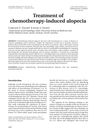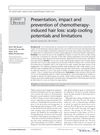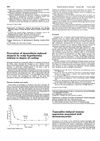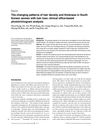Simulation of Scalp Cooling by External Devices for Prevention of Chemotherapy-Induced Alopecia
December 2015
in “
Journal of thermal biology
”
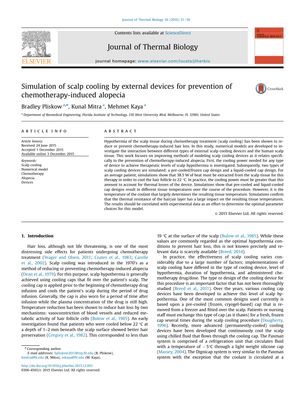
TLDR Scalp cooling devices need to be powerful enough to overcome heat loss and reach the right temperature to prevent hair loss from chemotherapy.
In the 2016 study on scalp cooling to prevent chemotherapy-induced alopecia, numerical models were developed to assess the effectiveness of different external scalp cooling devices. The study determined that a cooling power of 38.5 W was necessary to lower the temperature of the hair follicle to 22 °C, which is considered therapeutic. However, actual devices need to exceed this power due to thermal losses. Two device designs, pre-cooled/frozen caps and liquid-cooled caps, were simulated, revealing that coolant temperature is a critical factor in achieving the desired scalp tissue temperature. Additionally, the thermal resistance of the hair/air layer significantly influenced tissue temperatures. The study suggests that these results should be compared with experimental data to optimize the model parameters for preventing hair loss during chemotherapy.
